Bilirubin Total
(Specimen Container)
SST (Tiger Top)
Lithium Heparin/ Sodium Heparin/ EDTA
(Transport Temperature)
| Temperature | Period |
|---|---|
| Room temperature | 1 day |
| Refrigerated | 7 days |
| Frozen | 6 months |
Red blood cells at the end of their circulating lives are broken down in the reticuloendothelial system, mainly the spleen. The resulting heme is converted to bilirubin upon removal of iron. This process accounts for about 80% of the 500 μmol (292 mg) of bilirubin formed daily. Other sources of bilirubin include the breakdown of myoglobin and cytochromes and the catabolism of immature red blood cells in the bone marrow. Once formed, bilirubin is transported to the liver bound to albumin. This fraction of bilirubin is referred to as indirect or unconjugated bilirubin. In the liver, bilirubin is conjugated to glucuronic acid (mono- and di-glucuronides) by the enzyme uridyl diphosphate glucuronyl transferase to form conjugated bilirubin. Conjugated bilirubin or direct bilirubin is excreted via the biliary system into the intestine, where it is metabolized by bacteria to a group of products known collectively as stercobilinogen. Elimination is almost complete and serum levels are normally negligible. Total bilirubin is the sum of the unconjugated and conjugated fractions. Total bilirubin is elevated in hepatitis, cirrhosis, hemolytic disorders, several inherited enzyme deficiencies, and conditions causing hepatic obstruction. Neonatal bilirubin quantitation is used to monitor diseases causing jaundice in the newborn, chiefly erythroblastosis fetalis (also called hemolytic disease of the newborn or HDN). HDN is caused by maternal alloimmunization to RhD, antibodies involving additional blood groups, and ABO incompatibility. The average full-term newborn infant has a peak serum bilirubin concentration of 5 to 6 mg/dL (86 to 103 μmol/L). Physiologic jaundice is seen at serum bilirubin concentrations from 7 to 17 mg/dL (120 to 291 μmol/L). Serum bilirubin concentrations greater than 17 mg/dL may be pathologic. The primary concern is the potential for bilirubin encephalopathy or kernicterus. The term “kernicterus” was introduced in the early 1900s to refer to the yellow staining of the basal ganglia observed in infants who died with severe jaundice. Additional causes of neonatal jaundice are hematoma/hemorrhage, hypothyroidism, Crigler-Najjar syndrome, obstructive jaundice, galactosemia, sepsis, syphilis, toxoplasmosis, cytomegalovirus, rubella, glucose-6-phosphate dehydrogenase (G-6-PDH) deficiency, pyruvate kinase deficiency, and spherocytosis.
0.1 – 10.3 mg/dL (0 Days – 14 Days)
0.1 – 1.2 mg/dL (14 Days – 1 Years)
0.1 – 1.2 mg/dL (1 Years – No Max Age Limit)

